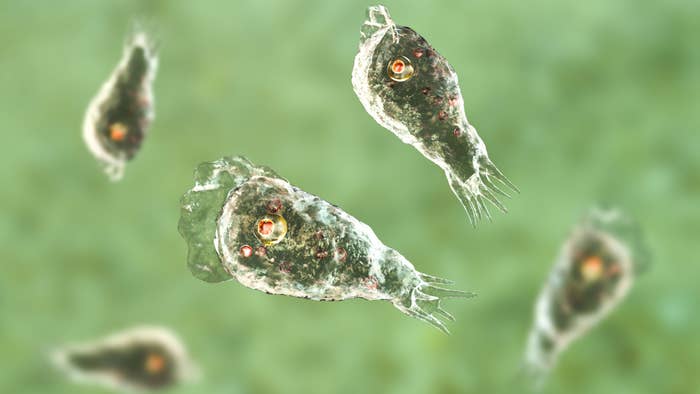
A hospitalized California boy has died following an infection from an especially uncommon amoeba, after going for a swim in a lake in the northern part of the state, according to his family.
Seven-year-old David Pruitt reportedly died from Primary Amebic Meningoencephalitis (or PAM), which was caused by the amoeba Naegleria fowleri.
On July 30, Pruitt was rushed to the emergency room. From there he was flown to UC Davis Medical Center where he was put on life support because of severe brain swelling, according to a GoFundMe drive set up by his aunt that aimed to raise money for medical bills and a potential funeral.
The Associated Press reports that the same aunt said Pruitt’s parents “want people to be aware of this amoeba and the illness signs.”
The AP goes on to report that the type of infection that David caught is extremely infrequent. 10 cases have been reported in California over the last 40 years, according to a press release from the Tehama County Health Services Agency. That release also said that a boy likely contracted the infection from a lake in Tehama County, though at the time it didn’t offer specifics regarding the location or name of the child.
Naegleria fowleri usually enters the body if contaminated water is accidentally inhaled through the nose. The U.S. Centers for Disease Control and Prevention says that you can’t get it from swallowing contaminated water.
Infection usually happens when people swim/dive in warm freshwater places, such as rivers and lakes. In very rare occasions people can get it if they breathe in contaminated water from improperly chlorinated pools or a water tap.
“Once the ameba enters the nose, it travels to the brain where it causes PAM, which is usually fatal,” said the CDC.
Patients who do get it report having severe headaches, nausea, fever, and vomiting during the early stages. From there it often progresses to more severe symptoms, such as developing a stiff neck and causing seizures or hallucinations.

